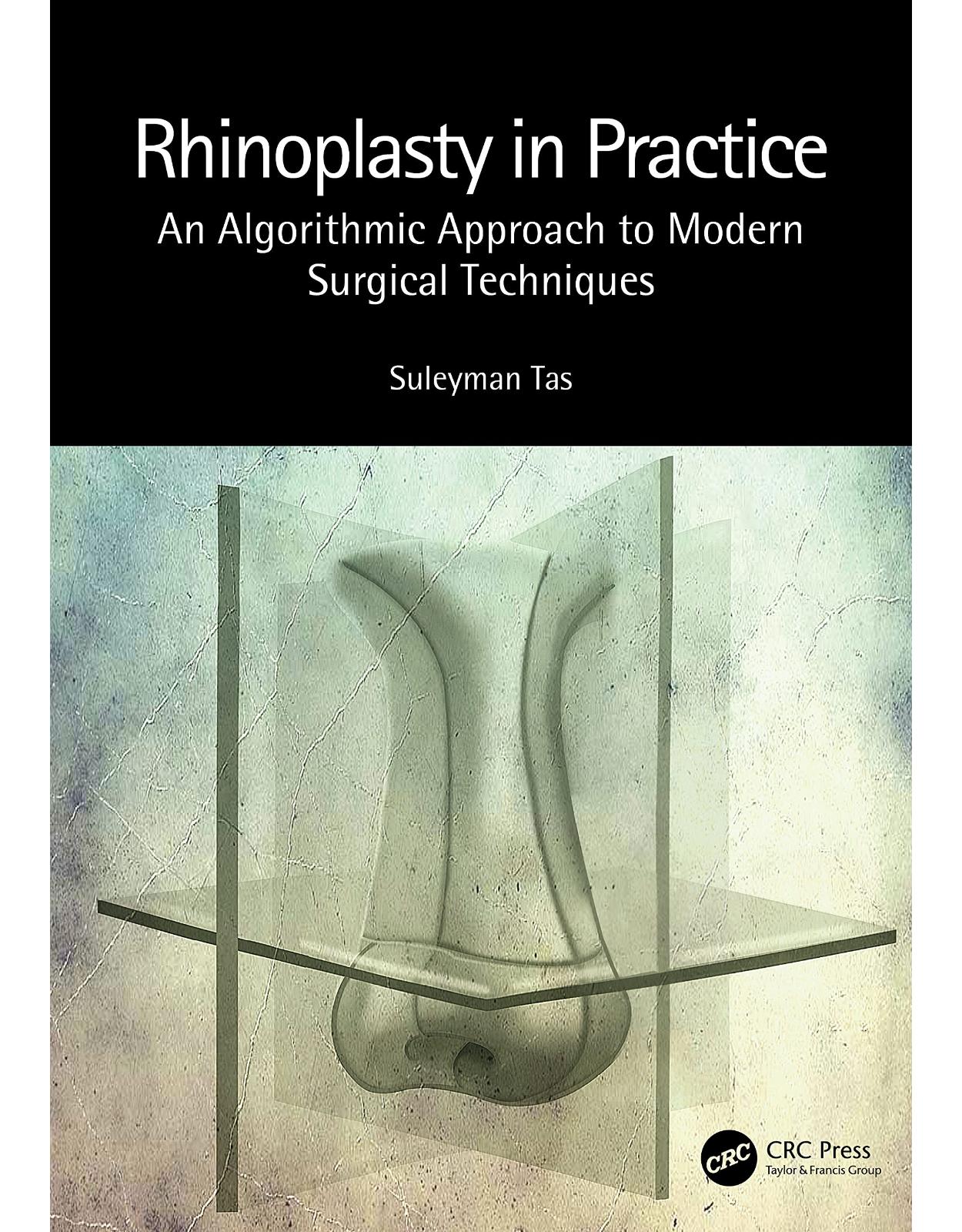
Rhinoplasty in Practice: An Algorithmic Approach to Modern Surgical Techniques
Livrare gratis la comenzi peste 500 RON. Pentru celelalte comenzi livrarea este 20 RON.
Disponibilitate: La comanda in aproximativ 4 saptamani
Autor: Suleyman Taş
Editura: CRC Press
Limba: Engleza
Nr. pagini: 192
Coperta: Hardcover
Dimensiuni: 210 x 280 mm
An aparitie: 15 April 2022
Description:
This book will enable the reader, regardless of their experience, to master the best rhinoplasty practice. It includes all contemporary techniques such as preservation, structural, and atraumatic rhinoplasty concepts, and makes them very practical to apply. Rhinoplasty in Practice not only explains the anatomy, historical evaluations, philosophy, descriptions, indications, limitations, and complications of rhinoplasty but also reports many innovative and unpublished data, tips, and tricks for success. The text is enhanced by: Algorithms and tables for a clear understanding of the deformity and treatment techniques Almost 100 full HD surgical and 3D animation videos (available via a Companion Website) to make the techniques clear, practical, and applicable Over 500 superb illustrations to make the anatomy and surgical techniques more easily comprehensible, allowing the reader to follow each step and including cadaver, histological, ultrasonography, computed tomography, and clinical studies
Table of Contents:
Patient Selection in Rhinoplasty
1.1 Patient Identification
1.2 Physical Examination
1.3 Psychological Evaluation
1.4 Functional Evaluation
1.5 Aesthetic Evaluation
1.6 Simulation Study
1.7 Revisit
Appendix A: Psychological Evaluation Form for Patients to Complete at Their Preoperative Consultation
Closed Atraumatic Rhinoplasty
2.1 Description and Explanation of the Closed Atraumatic Technique
2.1.1 Why Does This Philosophy begin with the Closed Technique?
2.2 Stages of the Closed Atraumatic Technique
2.2.1 Local Injection
2.2.2 Incisions
2.2.3 Dissection Plane
2.2.3.1 Room Concept
2.2.4 Preservation
2.2.5 Reshaping
2.2.6 Reconstruction
2.2.7 Structure
2.2.8 Redraping and Closure
2.3 Open and Closed Rhinoplasty Comparison
2.4 Submembranous—SubSMAS Dissection Plane Comparison
3 Dorsum Surgery
3.1 Osteotomy
3.1.1 Osteotomy Complications and Their Prevention
3.1.1.1 Rocker Deformity
3.1.1.2 Nasolacrimal Duct Damage
3.1.1.3 Airway Problems
3.2 Osteoplasty
3.3 Maxilloplasty
3.4 Dorsum Surgery
3.4.1 Excisional Approach to the Dorsum
3.4.1.1 The History of Dorsum Excision
3.4.1.2 Composite Hump Removal
3.4.1.3 Component Hump Removal
3.4.1.4 Dorsum Reconstruction
3.4.1.5 Bone Dust Technique
3.4.1.5.1 Surgical Technique
3.4.2 The Dorsum Preservation Approach
3.4.2.1 The History of Dorsum Preservation
3.4.2.2 Dorsum Preservation Techniques
3.4.2.2.1 Down Techniques
3.4.2.2.2 Dorsal Roof Technique
3.4.3 Dorsum Algorithm in Reduction Rhinoplasty
3.5 Dorsum Augmentation
3.5.1 Ultradiced Cartilage Method
3.5.1.1 Surgical Technique
4 Nasal Tip Surgery
4.1 History of Tipplasty
4.2 Surgical Anatomy and Related Deformities in Tipplasty
4.2.1 The Tripod Concept
4.2.2 Supratip Break Point
4.2.3 Nostril Image
4.2.4 Lateral Crus Malposition
4.2.5 Medial Crus Malposition
4.2.6 Bifid Nose Deformity
4.3 Tipplasty
4.3.1 Lower Lateral Cartilage Flaps
4.3.2 Lateral Crural Flap
4.3.2.1 Surgical Technique
4.3.3 ST Flap (Superior-Based Transposition Flap)
4.3.3.1 Surgical Technique
4.3.4 Reverse ST Flap
4.3.5 Anatomic Strut Concept
4.3.6 Algorithm of the Columellar Strut Concept
4.3.7 Anatomic Columellar Septal Extension Graft
4.3.8 The Mystery of the Pitanguy Ligament
4.3.9 Deep SMAS Suture
4.3.9.1 Surgical Technique
4.3.10 Perichondrio-SMASectomy
4.3.10.1 What Is the Soft Tissue Hump: Where and How Does It Form?
4.3.10.2 Surgical Technique
4.3.11 Soft Tissue Redraping
4.3.11.1 Surgical Technique
4.4 Use of Electrocautery in Rhinoplasty
4.5 Blinking Nose Deformity and Its Treatment
4.5.1 Surgical Anatomy
4.5.2 Surgical Technique
5 Alar Base Surgery
5.1 Alar Excision
5.1.1 Algorithm
5.1.2 Surgical Technique
5.2 Alar Base Narrowing Suture
5.2.1 Surgical Technique
5.3 Providing Symmetry on Vertical, Horizontal, and Sagittal Planes
5.3.1 Alar Base Retraction
5.3.2 Algorithm
5.3.3 Releasing the Levator Alaeque Nasi Muscle
5.3.3.1 Surgical Anatomy
5.3.3.2 Surgical Technique
5.3.4 Releasing the Piriform Ligament
5.3.4.1 Surgical Technique
5.3.5 Maxillary Hypoplasia Treatment
5.4 Releasing the Depressor Septi Nasi Muscle
6 Revision Rhinoplasty
6.1 Dissection Plane in Revision Surgery
6.1.1 If the Subperichondrial Plane Was Preferred in the First Operation
6.1.2 What Should Be Done When Dissection Is Interrupted Due to Fibrosis from Microperforations Induced by the Sutures?
6.1.3 If the SubSMAS Plane Was Preferred in the First Operation
6.2 The Closed Rhinoplasty Approach for Challenging Cases
6.2.1 Discussion: Should the Open or Closed Technique Be Used in This Case?
6.3 Saddle Nose Deformity
6.4 Using Rib Cartilage in Revision Rhinoplasty
6.4.1 Harvesting the Rib Cartilage
6.4.1.1 Thorax Anatomy
6.4.1.2 Anatomic Landmarks
6.4.1.3 Determining the Incision
6.4.1.4 Surgical Technique
6.5 Costal Reconstruction in Revision Cases with Cleft Lip-Nose Deformity
6.6 Using Auricular Cartilage Graft in Revision Surgery
6.7 Diced Cartilage Flap Technique
6.8 Restoring Tip Mobility in Revision Rhinoplasty Patients
6.9 Treatment of Over-Rotated Noses
6.10 Fisherman Suture
6.10.1 Surgical Technique
7 Advanced Rhinoplasty
7.1 Male Nose
7.2 Female Nose
7.3 Algorithmic Approach in Reduction Rhinoplasty According to Skin Type
7.4 Rhinoplasty in Thin-Skinned Patients
7.5 Rhinoplasty in Thick-Skinned Patients
7.6 DUAL Plane Dissection
7.7 Asian Rhinoplasty
7.7.1 Nasal Tip Bulbosity
7.7.2 Septal Problems
7.7.3 Dorsal Augmentation
7.7.4 Wide Pyramidal Angle and Wide Base
7.8 African Rhinoplasty
7.9 Middle Eastern Rhinoplasty
Index
| An aparitie | 15 April 2022 |
| Autor | Suleyman Taş |
| Dimensiuni | 210 x 280 mm |
| Editura | CRC Press |
| Format | Hardcover |
| ISBN | 9781032004341 |
| Limba | Engleza |
| Nr pag | 192 |

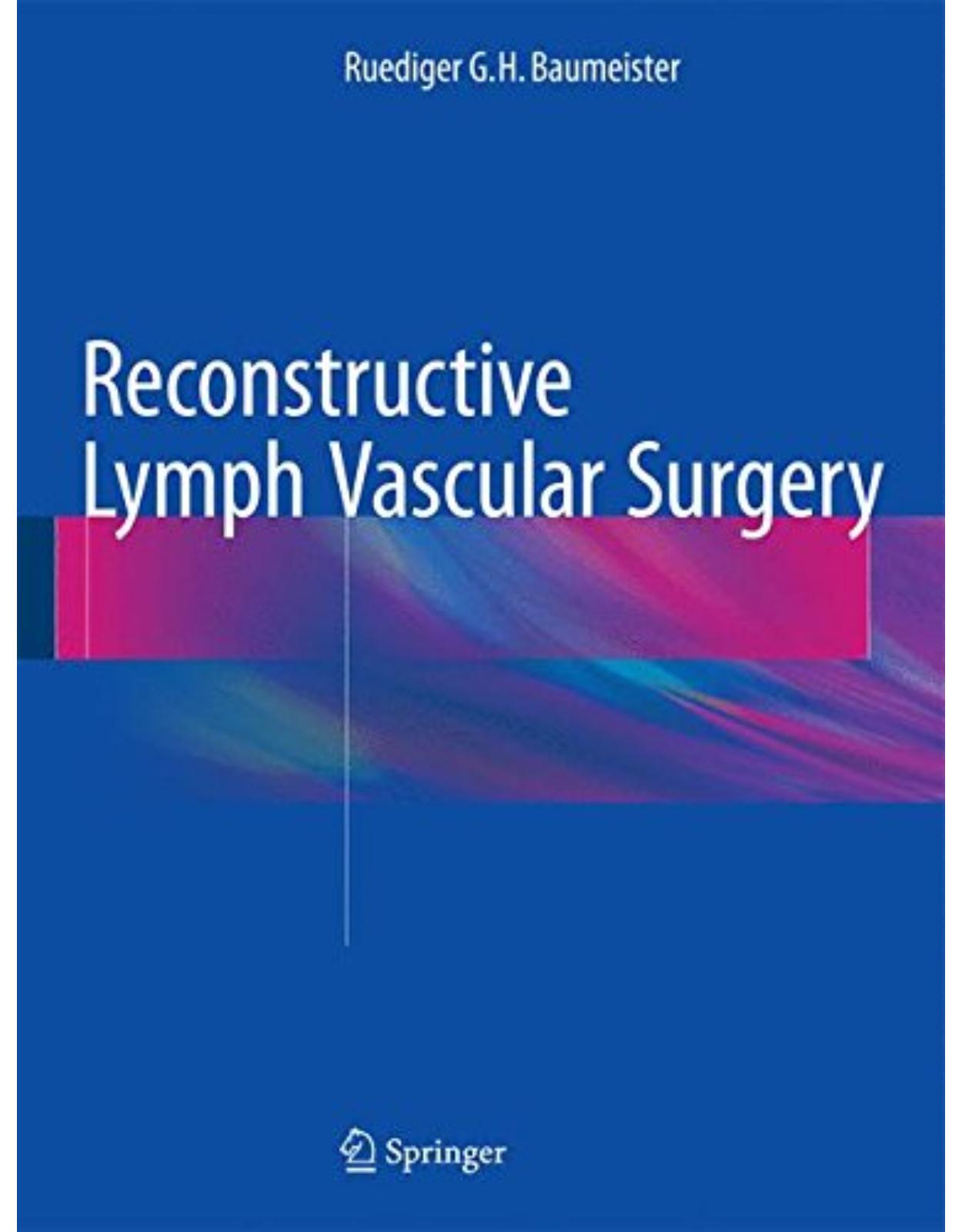
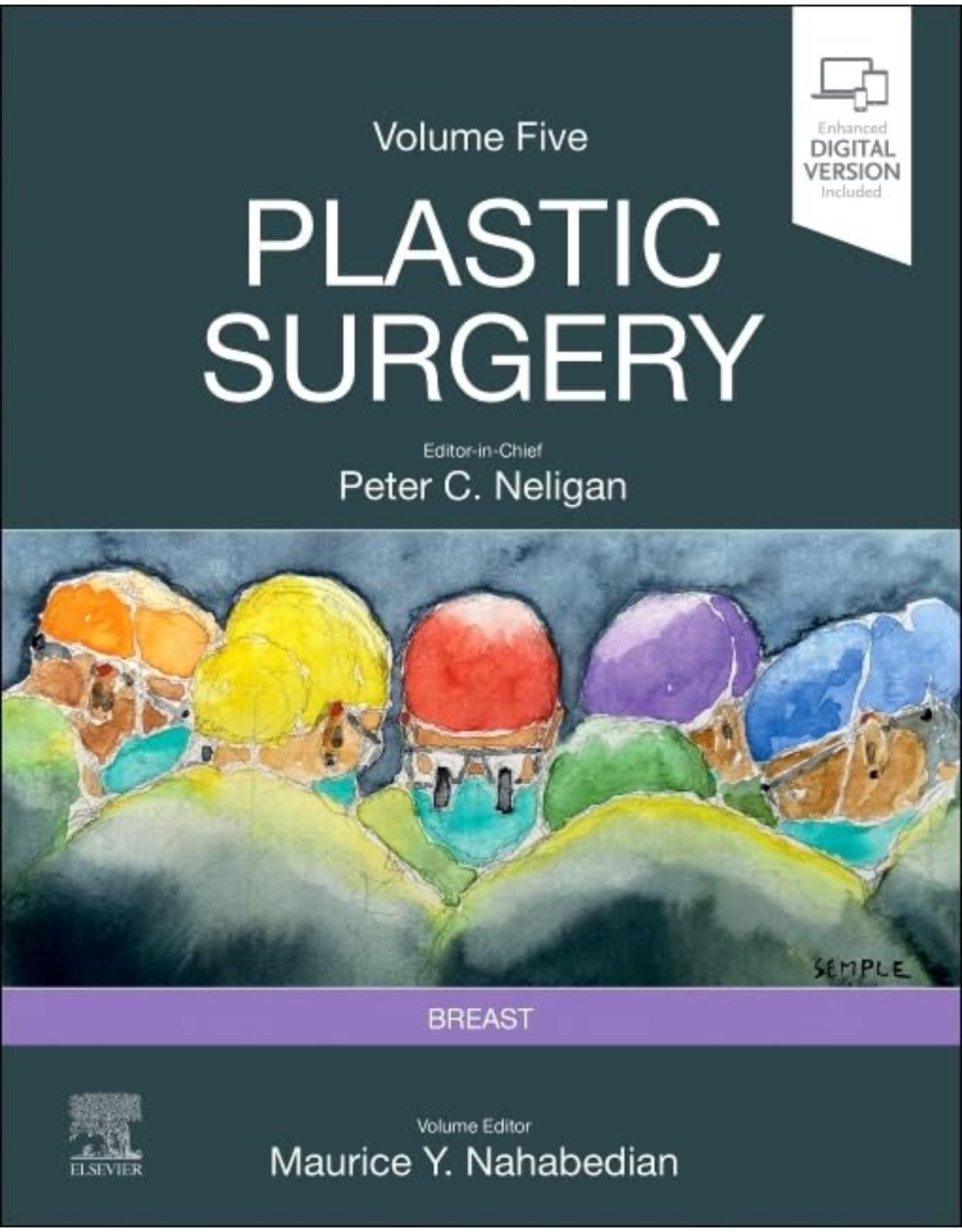
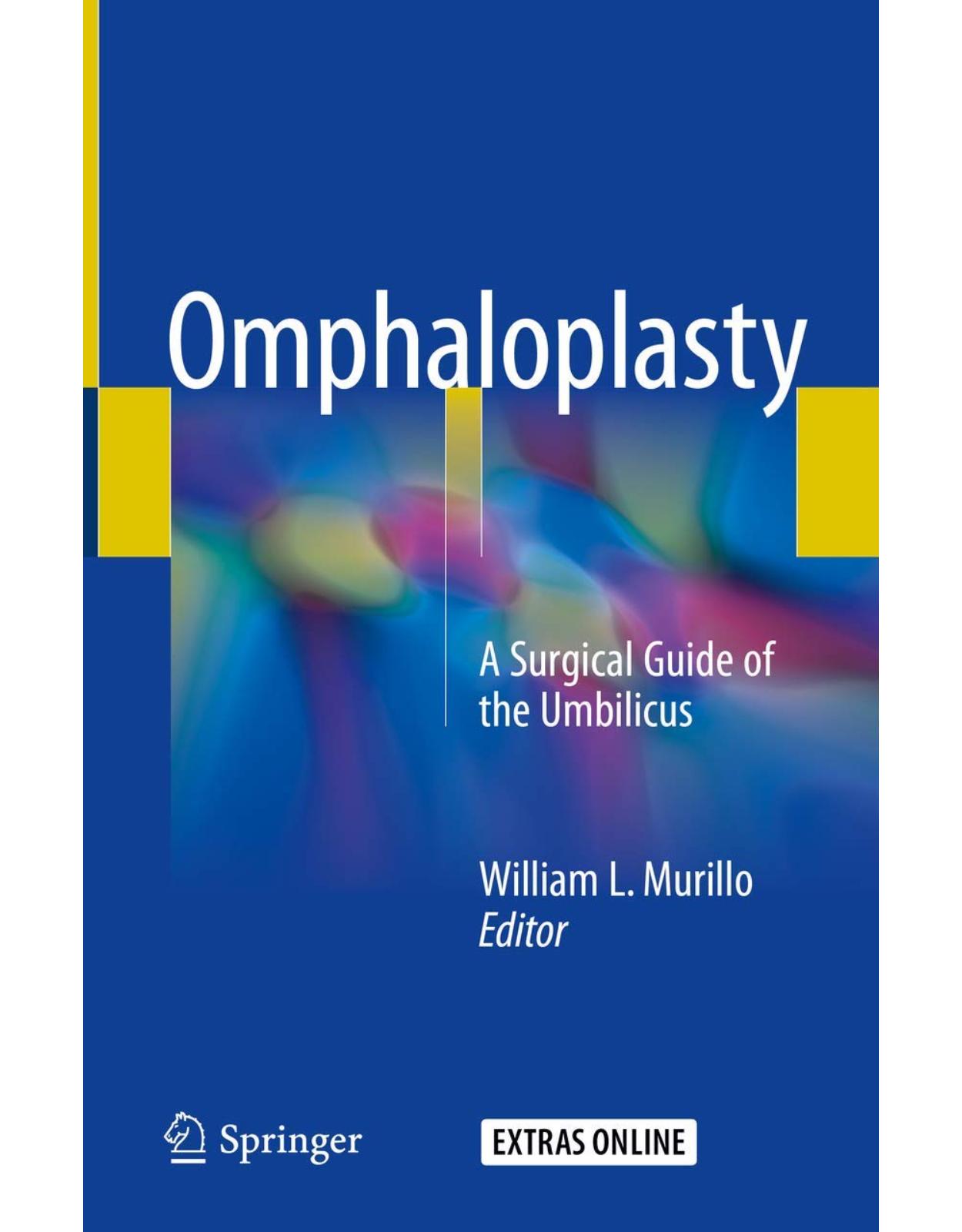
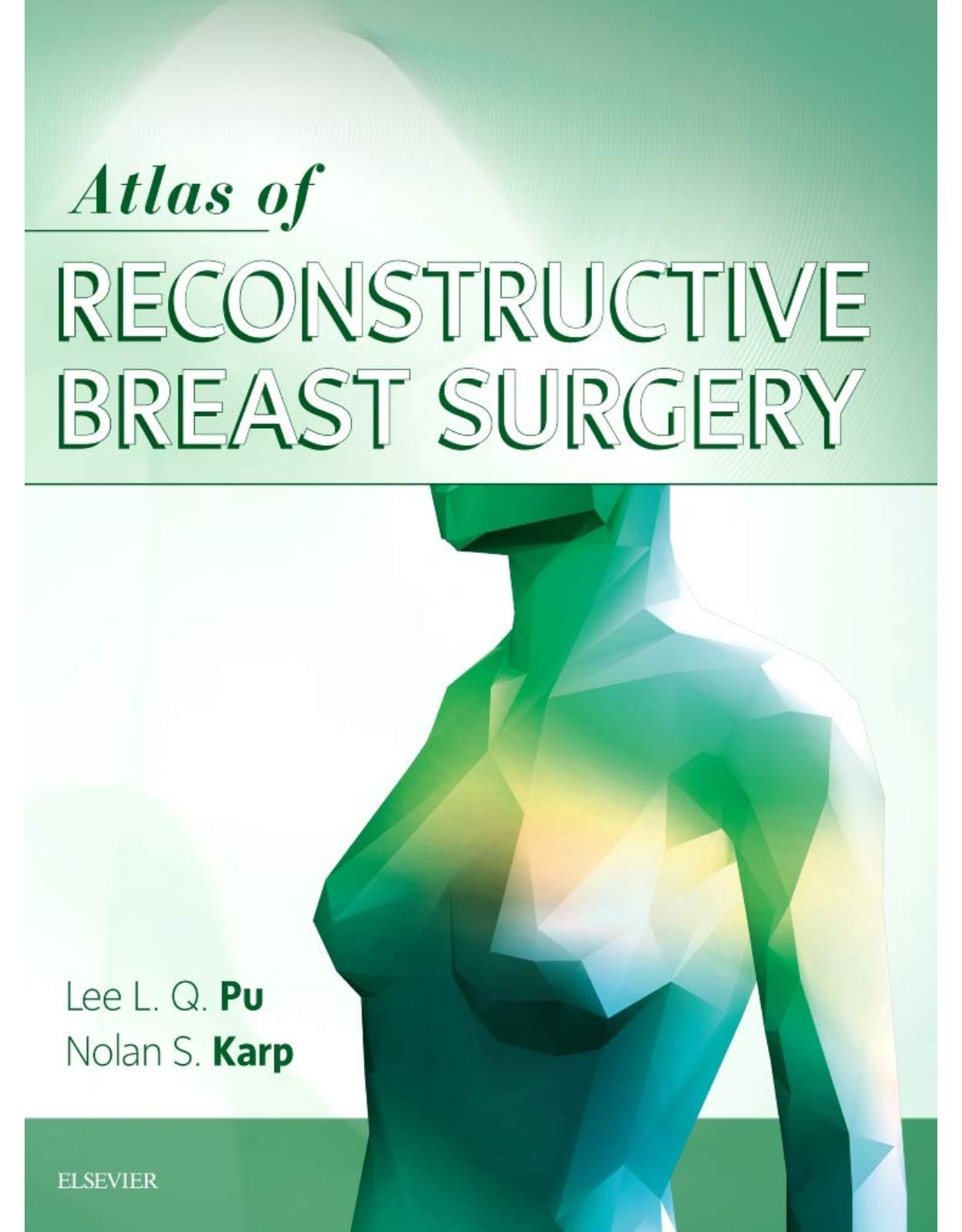
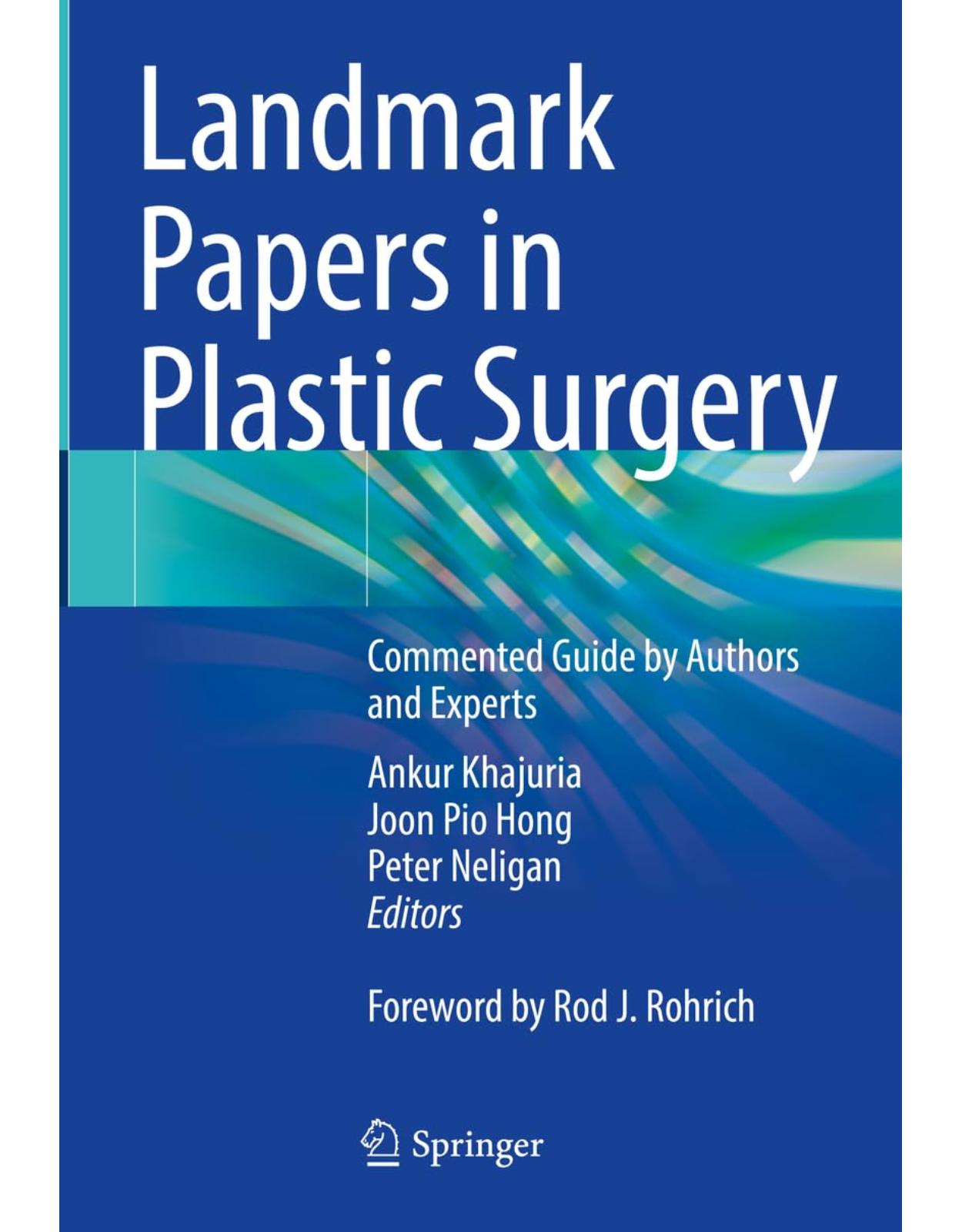
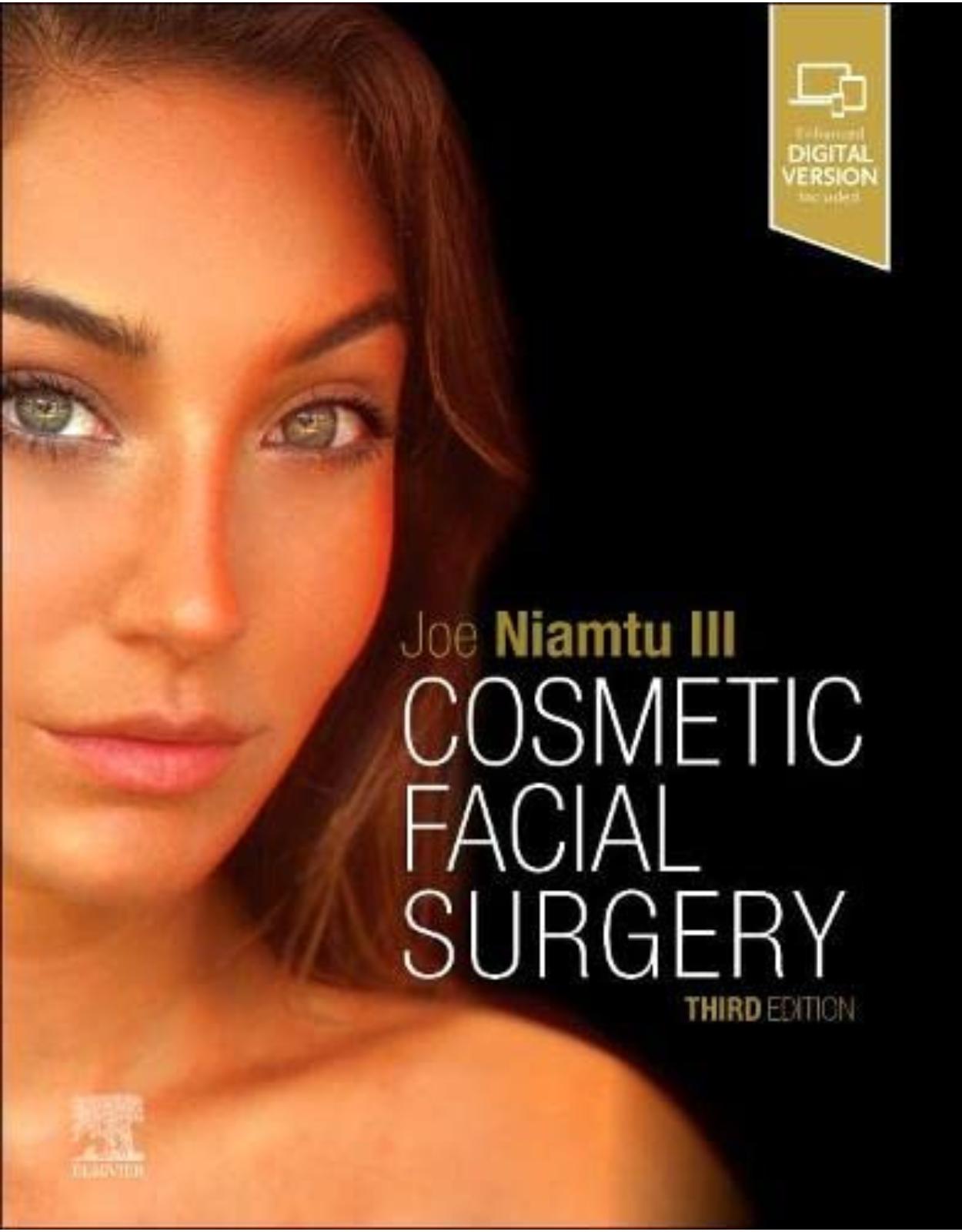
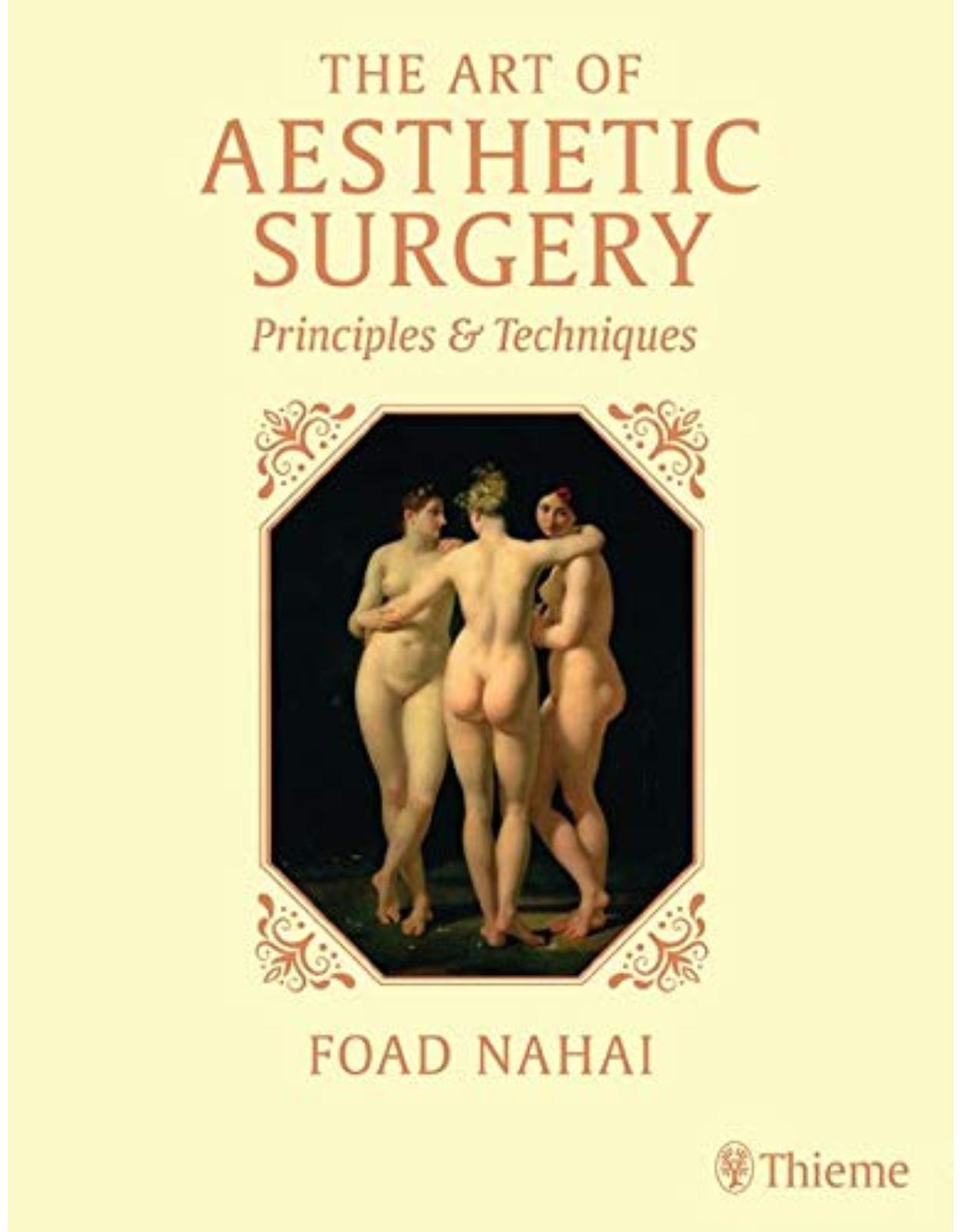
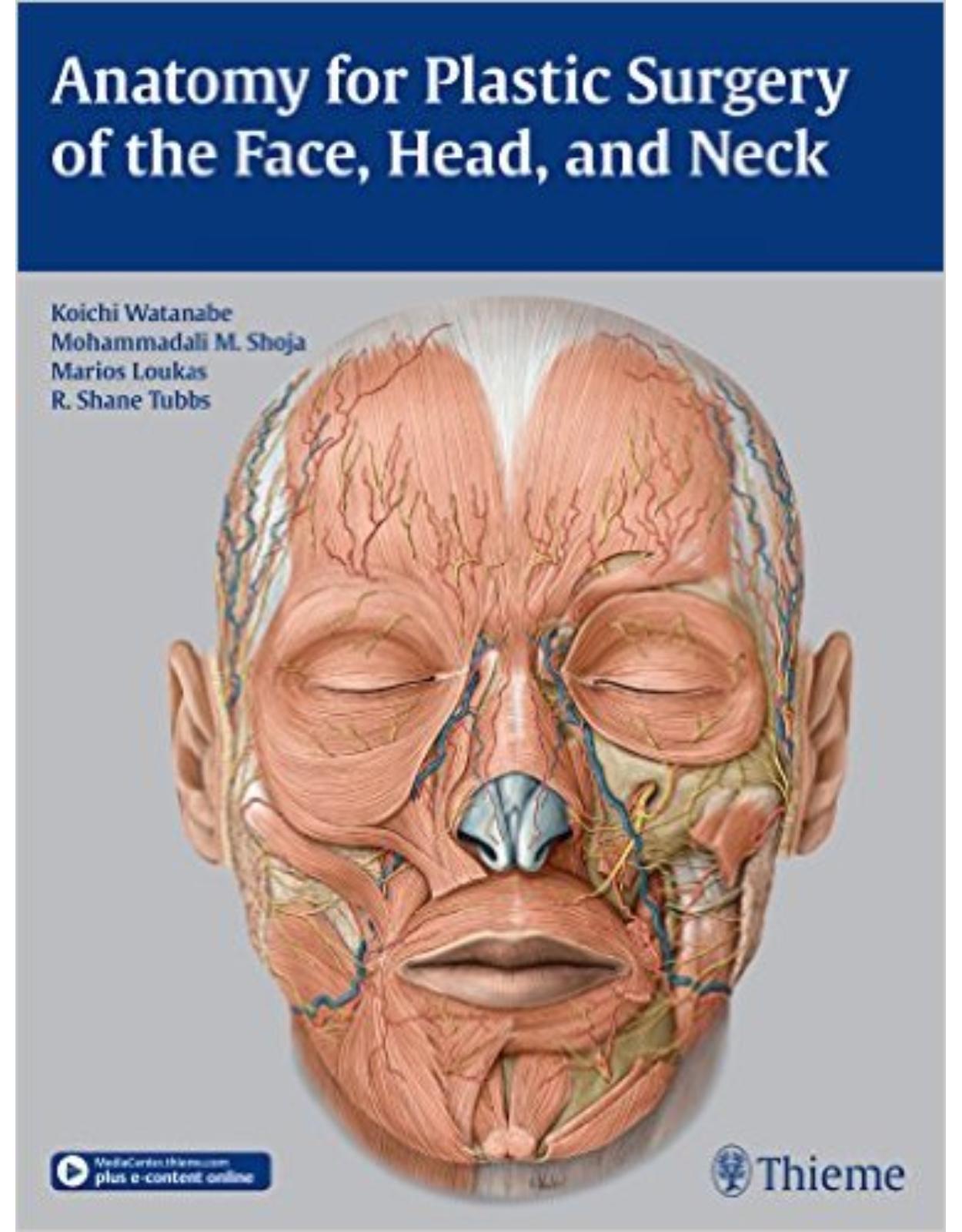
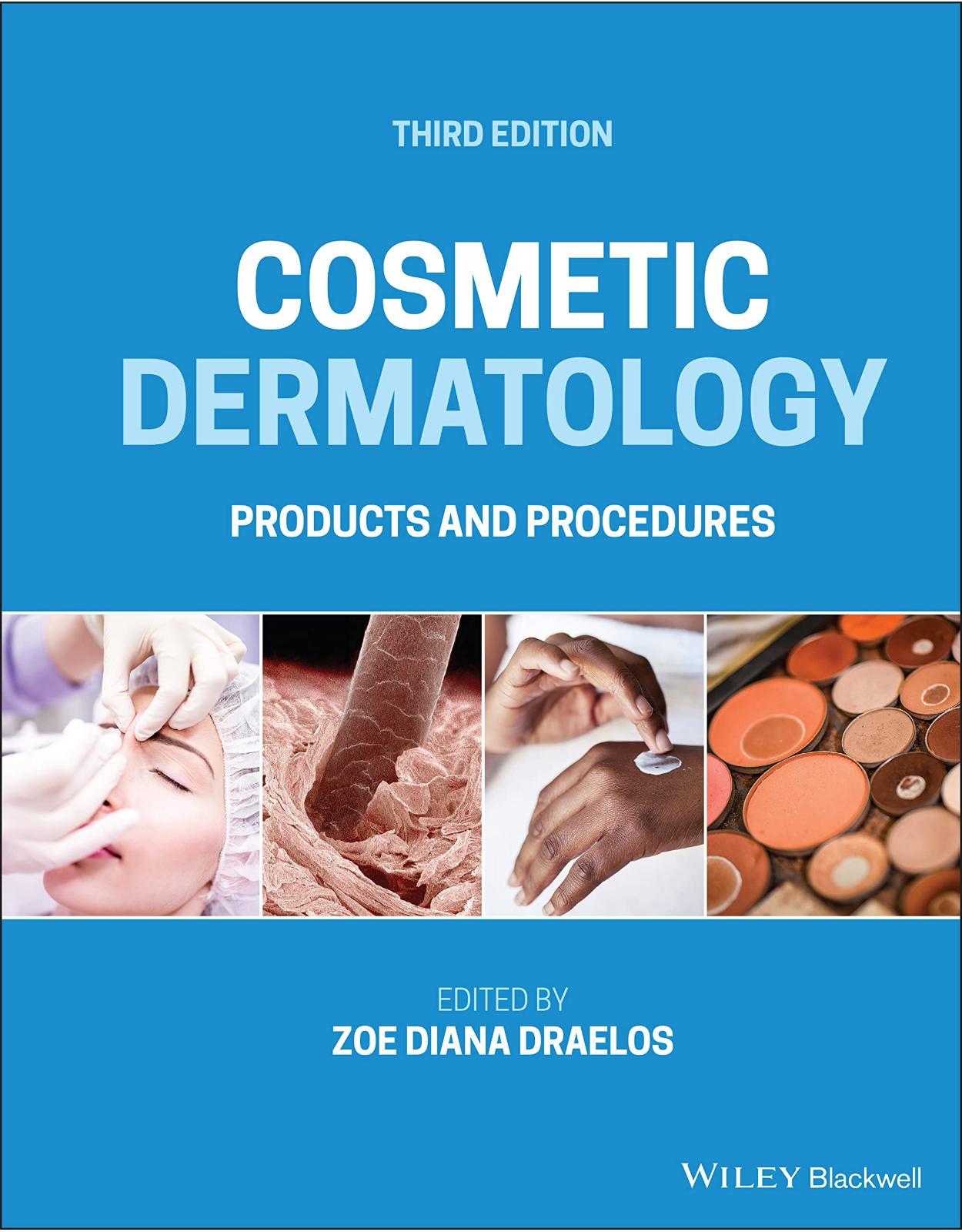
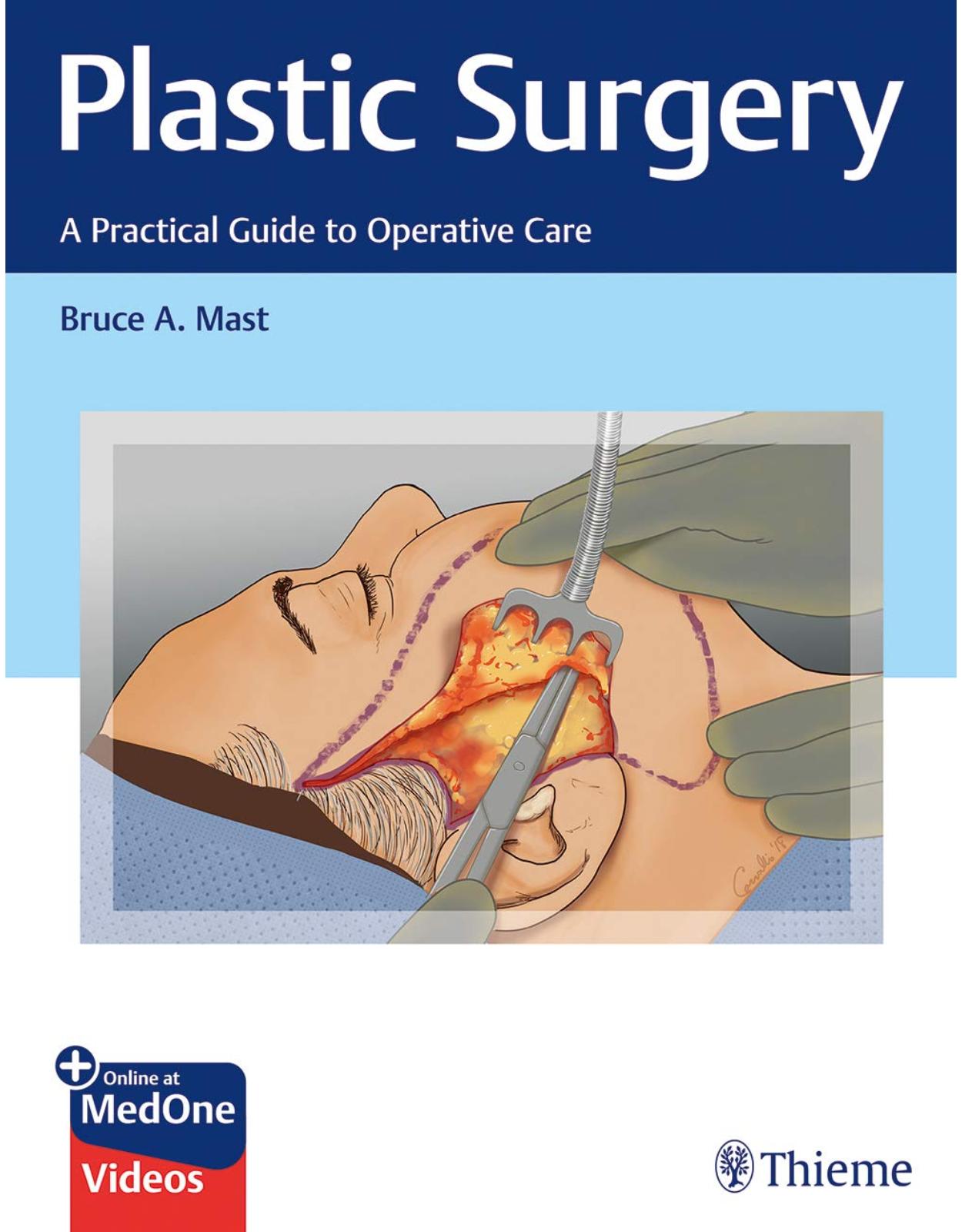
Clientii ebookshop.ro nu au adaugat inca opinii pentru acest produs. Fii primul care adauga o parere, folosind formularul de mai jos.